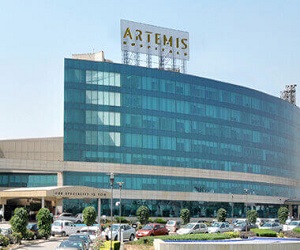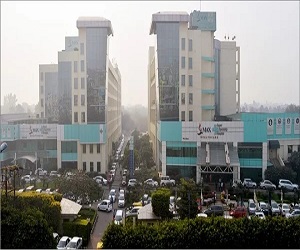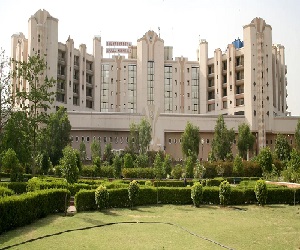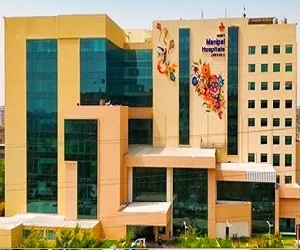A substantial number of individuals worldwide are impacted by cancer, a critical public health issue. In India, head and neck cancer is the most common type of cancer. The severity of this disease leads to the death of numerous patients, affecting millions across the country. On average, India accounts for 71% of head and neck cancer deaths in South-East Asia.
In India, cancer treatment varies significantly from state to state. Additionally, factors such as the quality of infrastructure and the specific treatment protocols also play a crucial role in the management of cancer across the country.
Head and Neck Cancer Symptoms
There is a wealth of information available on the delivery, protocols, and outcomes of head and neck cancer treatment in India. “Head and neck cancer” refers to a group of tumors that develop in the head and neck region. This type of cancer primarily affects men and individuals over the age of 50. Common symptoms include:
- The presence of a white spot on the tongue, gums, or lips
- A lip, tongue, or mouth sore that doesn’t heal
- Loosing teeth
- You feel something in your throat is stuck.
- Voice variation
Head and Neck Cancer Diagnosis
Consult your family doctor if you notice any unusual symptoms. A doctor can recommend the appropriate tests for your health needs. Here is a list of examinations that medical professionals use to detect malignant growths in the body.
- X-rays
- Biopsy
- An MRI
- Endoscopy
- Laboratory
- PET Scan
- Chemotherapy
Head and Neck Cancer Treatment
Chemotherapy: Chemotherapy targets and kills cancer cells using anti-cancer medications, which are often injected into the veins. These drugs dissolve in the blood, allowing them to travel throughout the body and attack cancer cells. For some cancer patients, radiation therapy is combined with chemotherapy. However, studies have shown that chemotherapy alone is more effective than radiation therapy for treating head and neck cancers.
Surgery: Surgeons may remove cancer-affected tissues along with some surrounding healthy tissue. In early-stage tumors, laser technology is often used for treatment. If cancer has spread to the neck lymph nodes, they can also be surgically removed. After head and neck surgery, the patient’s ability to speak, chew, and swallow may be affected.
Radiation Therapy: Many individuals with head and neck cancer receive radiation therapy, either alone or in combination with chemotherapy. This treatment uses high-energy X-rays to destroy cancer cells in the head and neck region.
Head and Neck Cancer Treatment Success Rate
The type of cancer significantly influences the treatment success for patients with head and neck cancer. When detected early and treated effectively, head and neck cancers have a success rate of 60 to 70%.
Depending on the stage of the malignancy, treatment may involve a combination of surgery, radiation, chemotherapy, and targeted or immunotherapy. For example, head and neck cancer in stages 0 to 1 can often be treated with surgery alone, while more advanced stages may require additional radiation and chemotherapy.
Teams of doctors specializing in different fields, including medical and surgical oncologists as well as head and neck surgeons, collaborate to treat patients. If reconstruction and prosthetic parts are needed during surgery, a maxillofacial prosthodontist or plastic surgeon is also required.
Head and Neck Cancer Treatment cost in India are as follow
| Treatment | Cost in USD | Stay in Hospital |
| Head and Neck Cancer Treatment | 4600-5500 | 4-5 Days |
| Stomach Cancer Treatment | 4600-5000 | 4-5 Days |
| Chemotherapy Treatment | 1000-1100 | 10-15 Days |
| Gallbladder Cancer Treatment | 4600-5500 | 5-7 Days |














